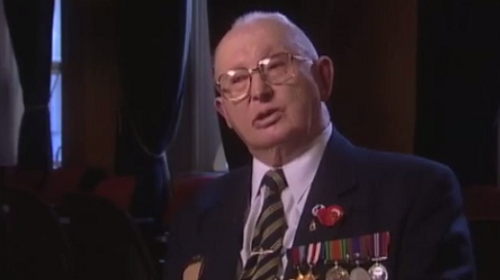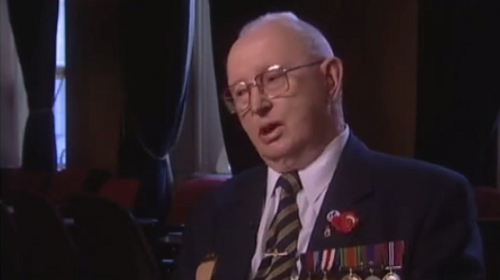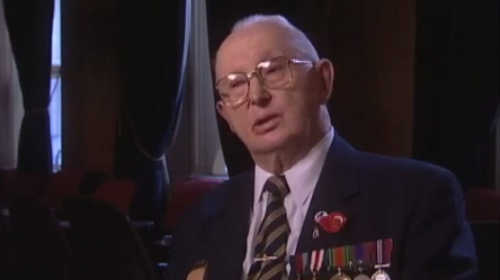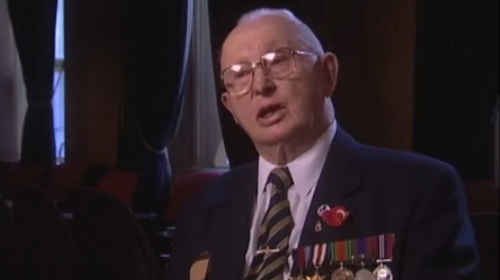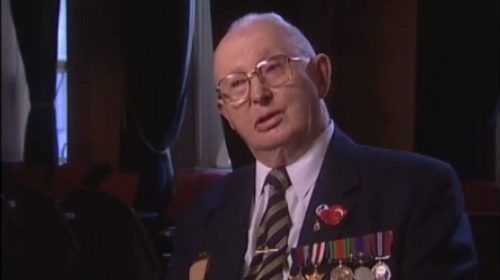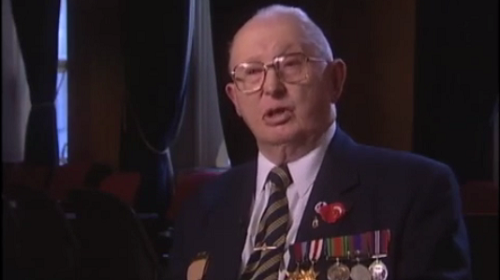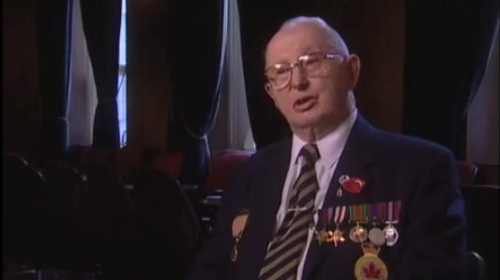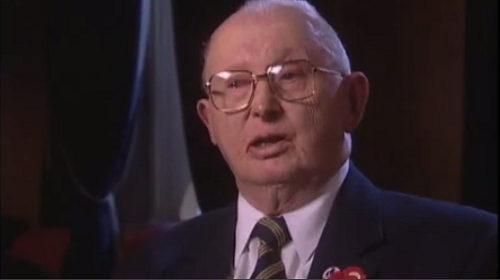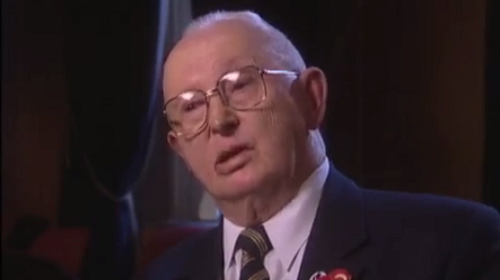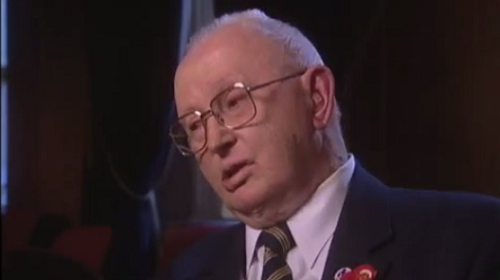Sherman Tanks
Heroes Remember
Sherman Tanks
At that time, Canada didn't have too many good tanks. They had
some war relics. General Worthington started something. I
don't know whether he paid for those tanks. They were well-off
people. They called the tank ‘Worthington tank' at that time
and they had a small gun on it, about 25 mm for training
because the 75 that we later got on, each one of those shells
used to cost about a hundred dollars, and every time we fired
one we said, “There goes another Victory Bond,” eh, because it
took a lot of Victory Bonds to pay for the shells. But you
practiced driving up and down. Driving a tank at that time was
just like driving a tractor. You had tiller bars. You just one
pull here, pull there, you started it up, most of them were
either on gas engine or diesel. And then when we got overseas,
well then we got the real Sherman... American tanks, Sherman.
The trouble with a Sherman tank, it's a high tank. You're a
high target all the time, they pick you up pretty quick.
The Germans always had the low tanks and they're wider and they had
a better gun on them. They had an 88 that could go through you
like butter. And if it didn't go through you the shell went
around inside the tank, cleaned you right out. Or even if it didn't
go through the heat would deafen you or burn you or scald you...
especially the top part. The bottom part was thin, the bullet
could go through there like nothing. Not the rifle bullet but
tanks, most of the tanks, anti-tank guns and stuff like that.
Related Videos
- Date modified:



